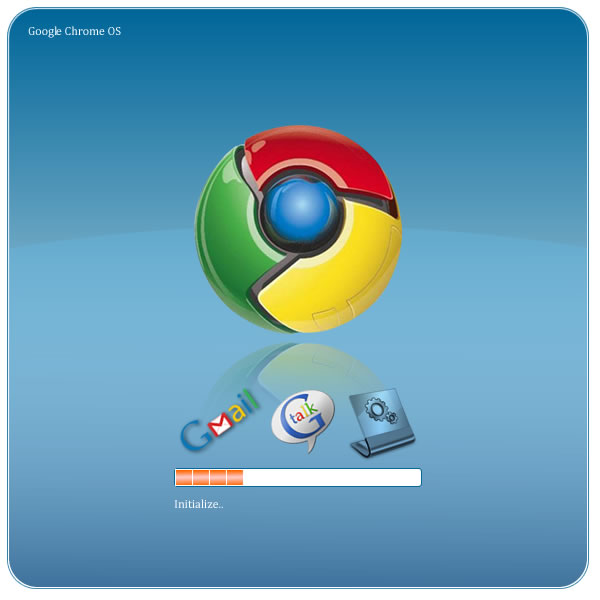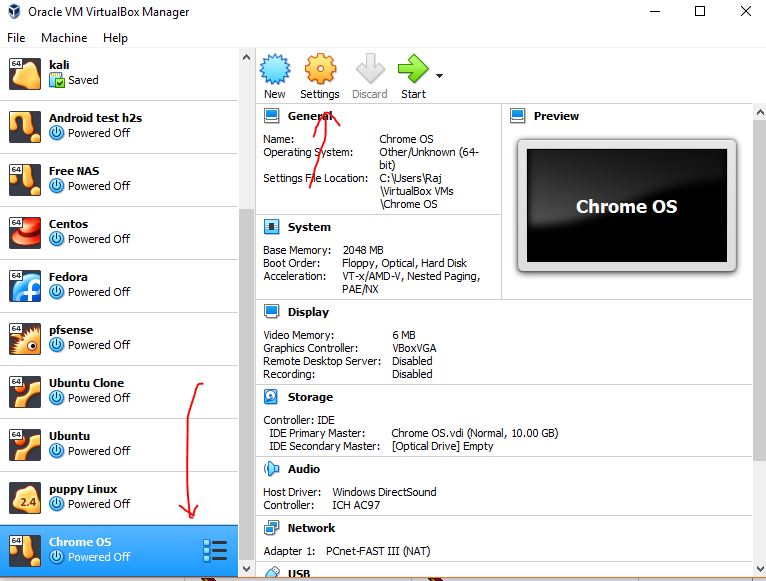

These models require a 3rd party RW_LEGACY firmware to be loaded for Legacy Boot Mode to be functional. Models with an Atom-based SoC (Baytrail, Braswell, Apollolake) have Legacy Boot Mode capability, but do not ship with a RW_LEGACY/SeaBIOS payload (that part of the firmware is blank). Models with a Core-i based SoC (Haswell, Broadwell, Skylake, KabyLake) mostly ship with a functional Legacy Boot Mode payload updating to a 3rd party build can provide bug fixes and additional features. SeaBIOS behaves like a traditional BIOS that boots into the MBR of the disk, and from there into standard bootloaders like Syslinux and GRUB.

It is enabled by the SeaBIOS payload of coreboot, the open-source firmware used for all Chrome OS devices (with the exception of the first generation of Chromebooks and a few early ARM models). Legacy Boot Mode has a dedicated firmware region, RW_LEGACY, which is designed to be user-writeable (hence the 'RW' notation) and is completely separate from the ChromeOS portion of the firmware (ie, it is safe to update and cannot brick the device). 4.6.5 Mapping in Gnome with gsettings setĪll recent Intel-based Chrome OS devices (starting with the 2013 Chromebook Pixel) feature a Legacy Boot Mode, designed to allow the user to boot Linux.4.6.3.1 Alternate xbindkeys configuration.4.3.1.1 What to do if your touchpad or touchscreen is not supported?.4.3.1 Touchpad and touchscreen kernel modules.3.2.2 Accessing the superuser shell when logged into ChromeOS.3.2.1 Accessing the superuser shell without logging into ChromeOS.2.1 General hardware recommendations and remarks.



 0 kommentar(er)
0 kommentar(er)
